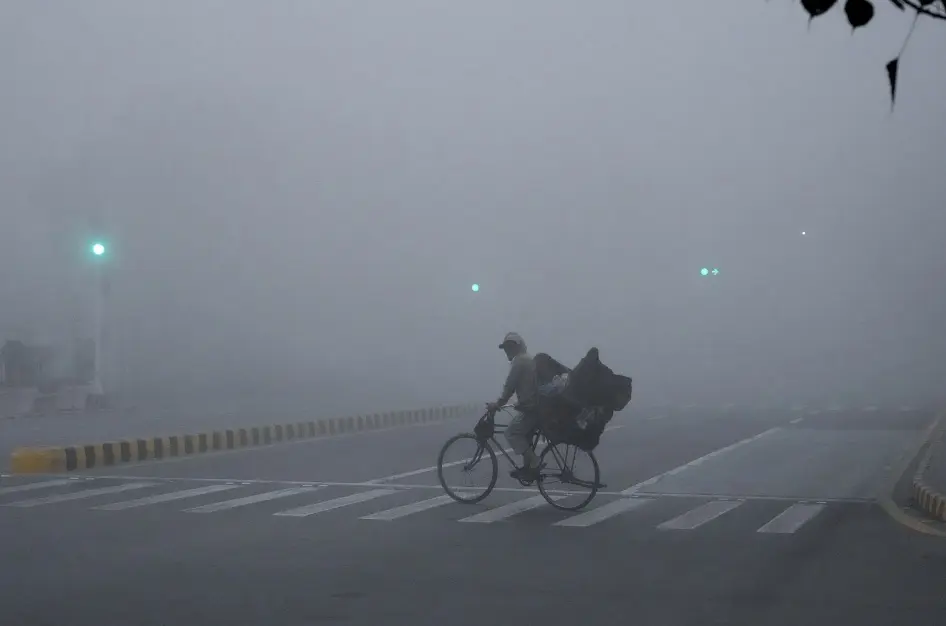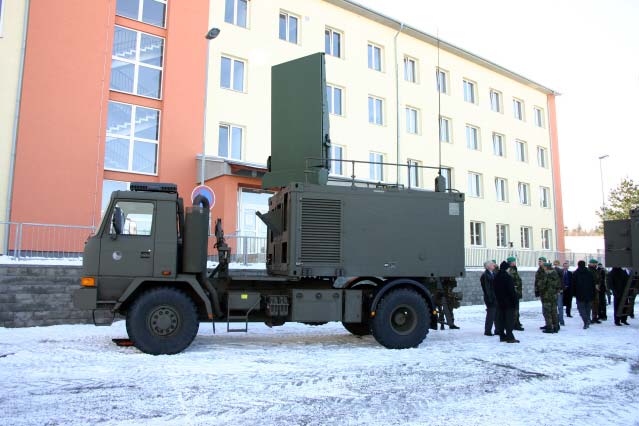Climate change has a huge effect on our societies in various ways. Droughts, floods can harm food production, lead to spread of disease, damage ecosystem and death. The percentage of death rate is expeditiously rising due to droughts, floods and other weather conditions. Climate change has now become the cause of limiting the productivity of our economy. The crop production rate depends highly upon weather conditions which can be affected by climate change. Diseases, water stress and their unavailability, higher temperatures, droughts are creating challenges for farmers. High temperatures due to climate change cause the farmers to suffer from health-related issues heatstroke, exhaustion and heart attack. Climate change has been impacting the environment at a huge cost even though arctic life is not secure. The arctic is one of the most vulnerable ecosystem to the effects of climate change. It is warming at least twice as fast as global average. Burning of fossils fuels release carbon dioxide from which 30% of CO2 get absorbed by the oceans which cause the water to become acidic. So acidic water affects marine life posing them a severe health issue
Human life depends on water, and climate change impacts the water hazard. Some of the areas are experiencing heavier rain while the others are having more droughts. Forests are becoming home to world’s most endangered wildlife. Such type of conditions are making difficult environment for the ecosystem to help humans and protect the planet by ab carbon dioxide by absorbing excess carbon dioxide because carbon dioxide is the major cause of pollution that is leading to climate change. Climate change affects the growth and productivity of forests by changing in temperature, rainfall, weather heat storms and other factors. These factors cause the deficiency of trees, leading to higher rates of carbon dioxide.
Pakistan has been listed in the top ten affected countries worldwide by climate change and natural disaster. Pakistan high vulnerability is well recognized with increasing temperature. Pakistan is already experiencing and is suffering by the frequency and intensity of extreme climates change events such as floods, droughts, cyclones, heavy rains and high temperatures. According to worlds bank group Pakistan faced a total of US$29.3 bn of economic loss due to climate and weather-related events between 1992 and 2021. Significant events in Pakistan include an extreme heat waves in 2015 , where over 65000 people were hospitalized with heat stroke, 2010 catastrophic flood which effected one of the fifth of the country – 20 million people and claimed over 2000 lives. Torrential rains, urban, flash flooding and combination of riverine led to an unprecedented disaster in the country between June and August 2022. This flood has taken the lives of more than 1700 people in which one-third are children. In addition Pakistan is severely impacted by climate change.
Climate changes mainly affects the agriculture sector by reducing crop productivity, adverse impact on livestock health and increased agricultural production losses. These all effects are due to extreme weather conditions. Climate changes highly affects the education system as the floods in 2022 destroyed over 30,000 schools, stressing the vulnerability of our educational infrastructure. The crisis presents an opportunity to rebuild the schools that are climate resilient implementing a uniform building code that prioritizes climate adaptation, installing reflecting roofs, creating shaded areas. Students’ health and learning are negatively impacted by intense heat which is not just uncomfortable but also poses longer term implications.
The recent increase in the smog wave has also become the cause of health issues. Smog was declared a calamity by a Punjab government and a provincial administration provided instruction for various measures such as vacation to disabled children and a ban of all activities causing “causing or leading to smog formation leading to the hazardous air quality across the province, particularly in Lahore.” All educational institutions including private tuition centers up to secondary levels (12th grade/A level) were closed and shifted to online mode. Lahore’s residents were facing hazardous air quality as the AQI reached 609, making it the most polluted city globally.
Further, it is also expected that climate change will increase impacting air and water pollution hence leading to factors such as decline in labor productivity that can make the economy to suffer. At broader these impacts can range from biodiversity, education, farming to economy making it a dangerous threat for the near future.
Table of Contents
ToggleHafiz Muhammad Hunzala Baz
- Hafiz Muhammad Hunzala Baz
- Hafiz Muhammad Hunzala Baz














